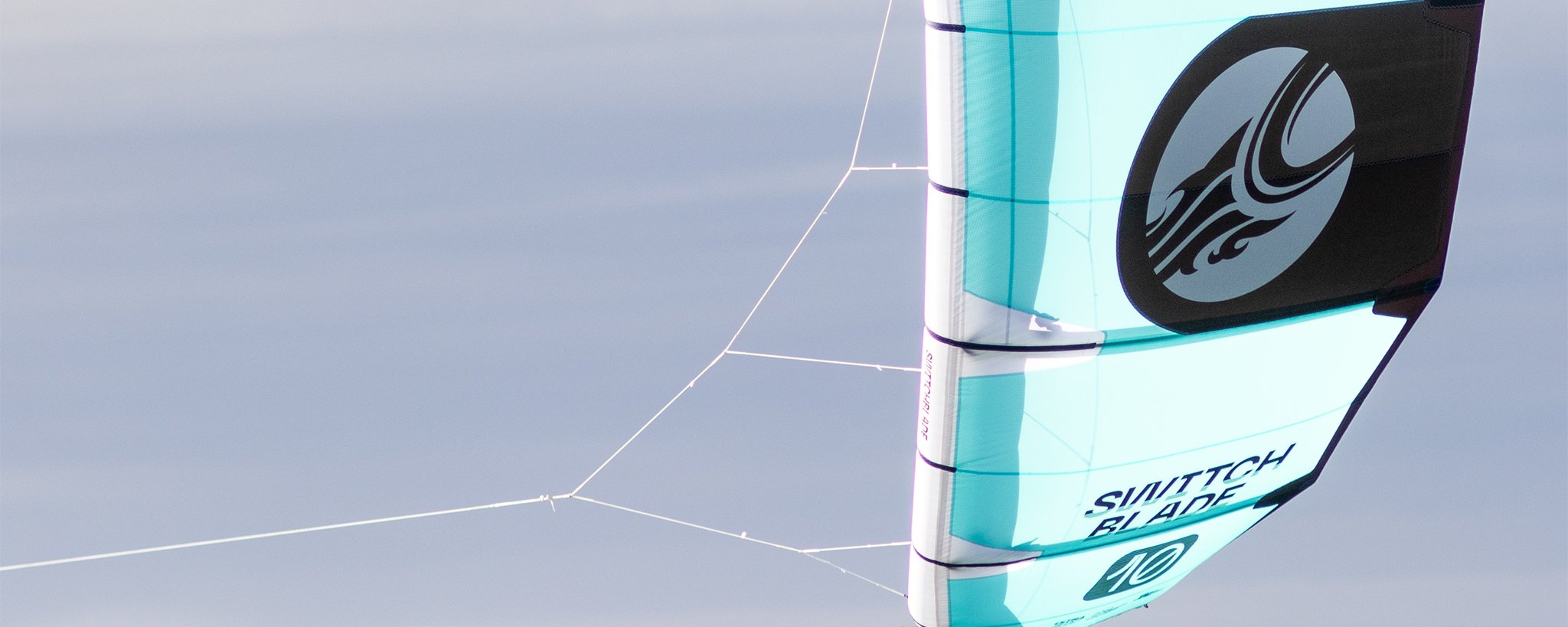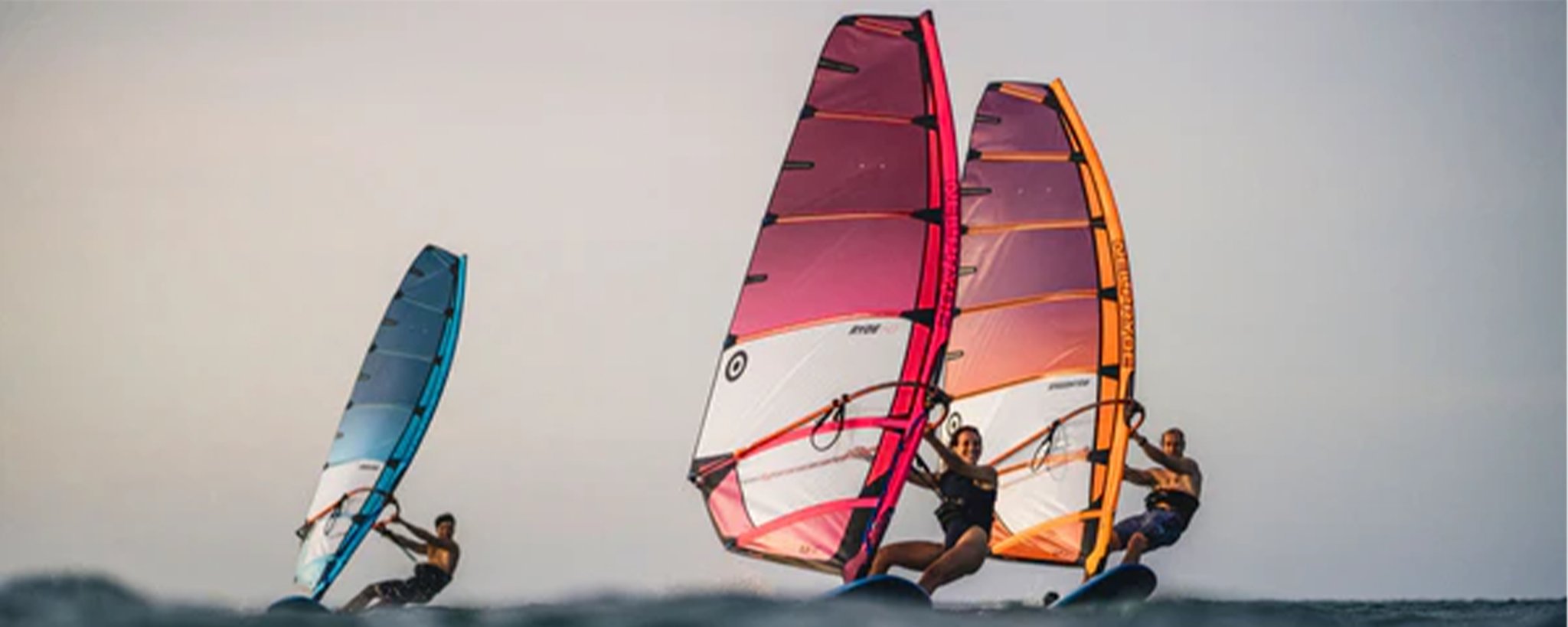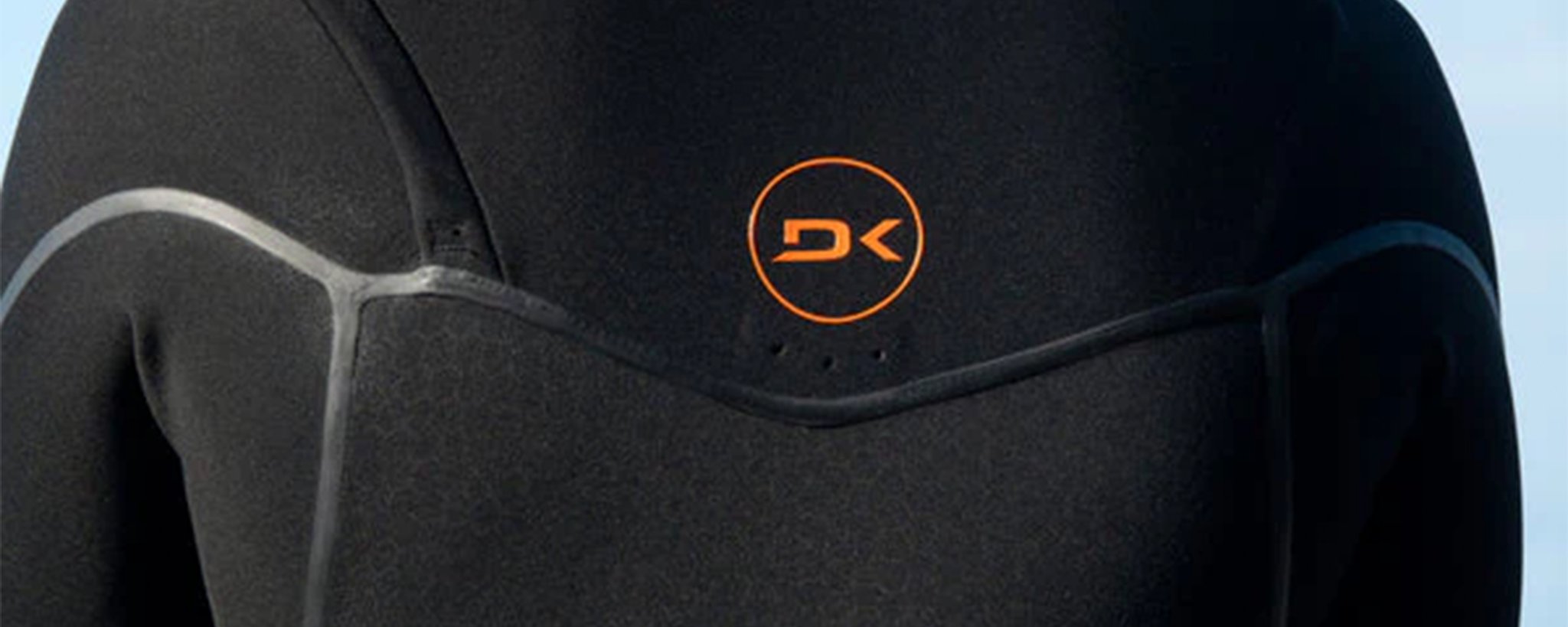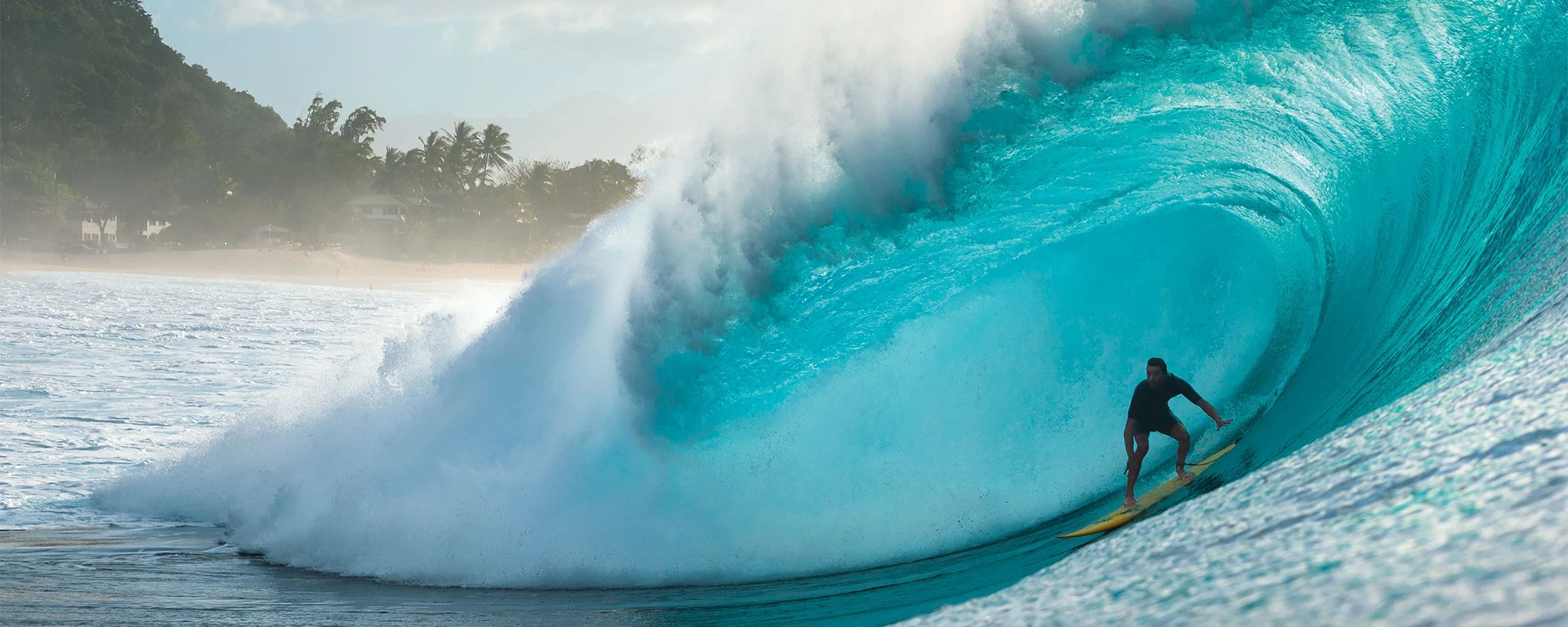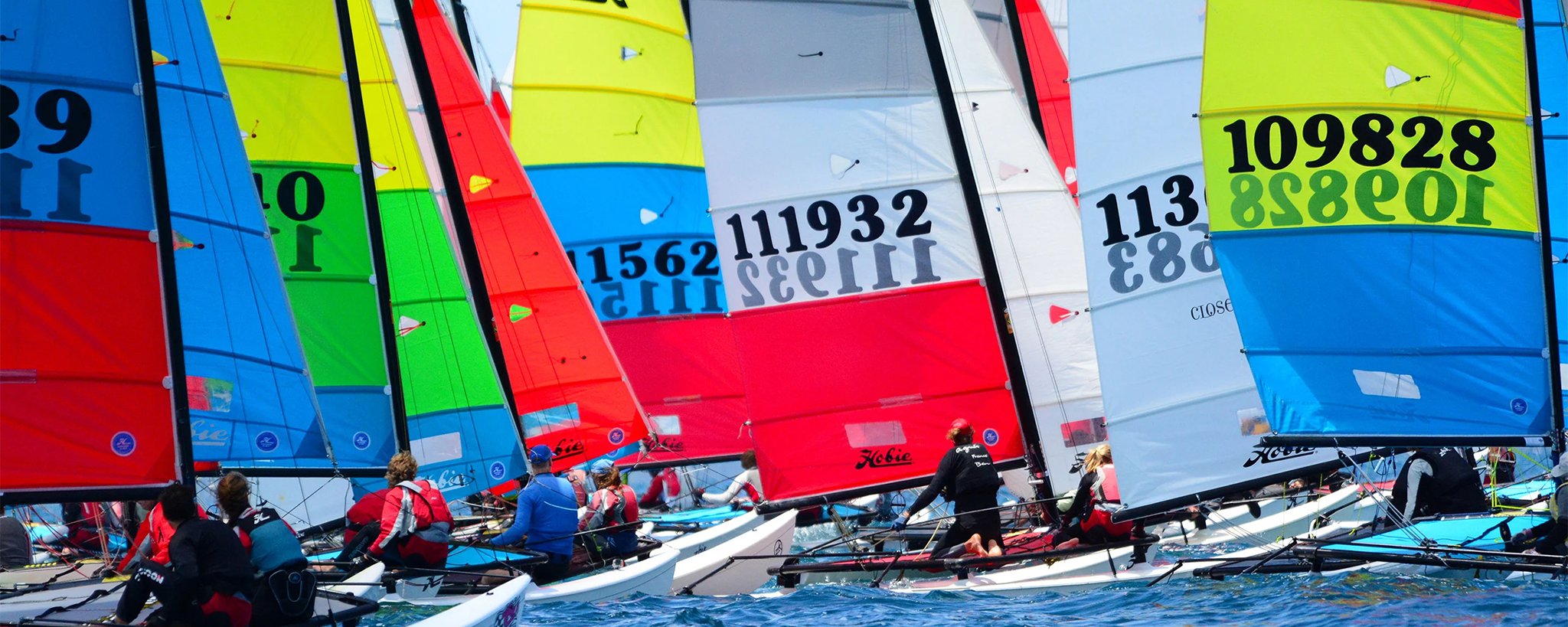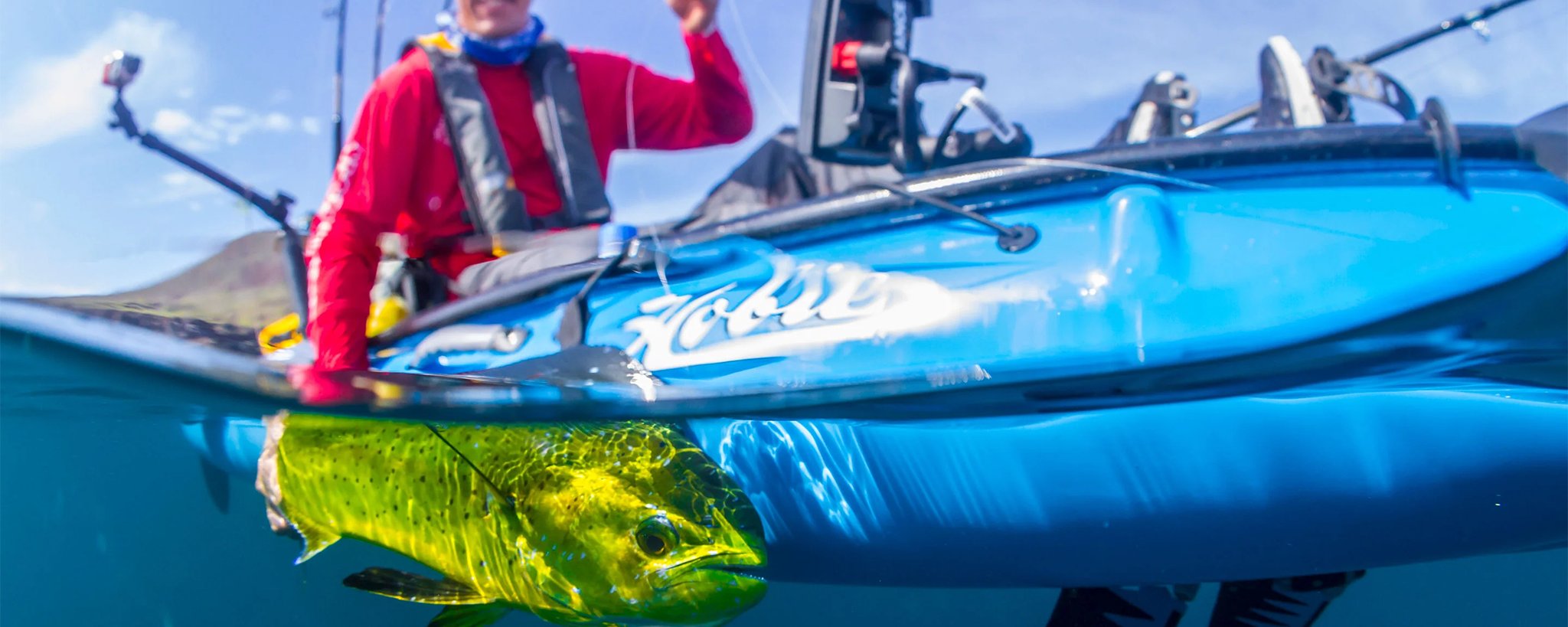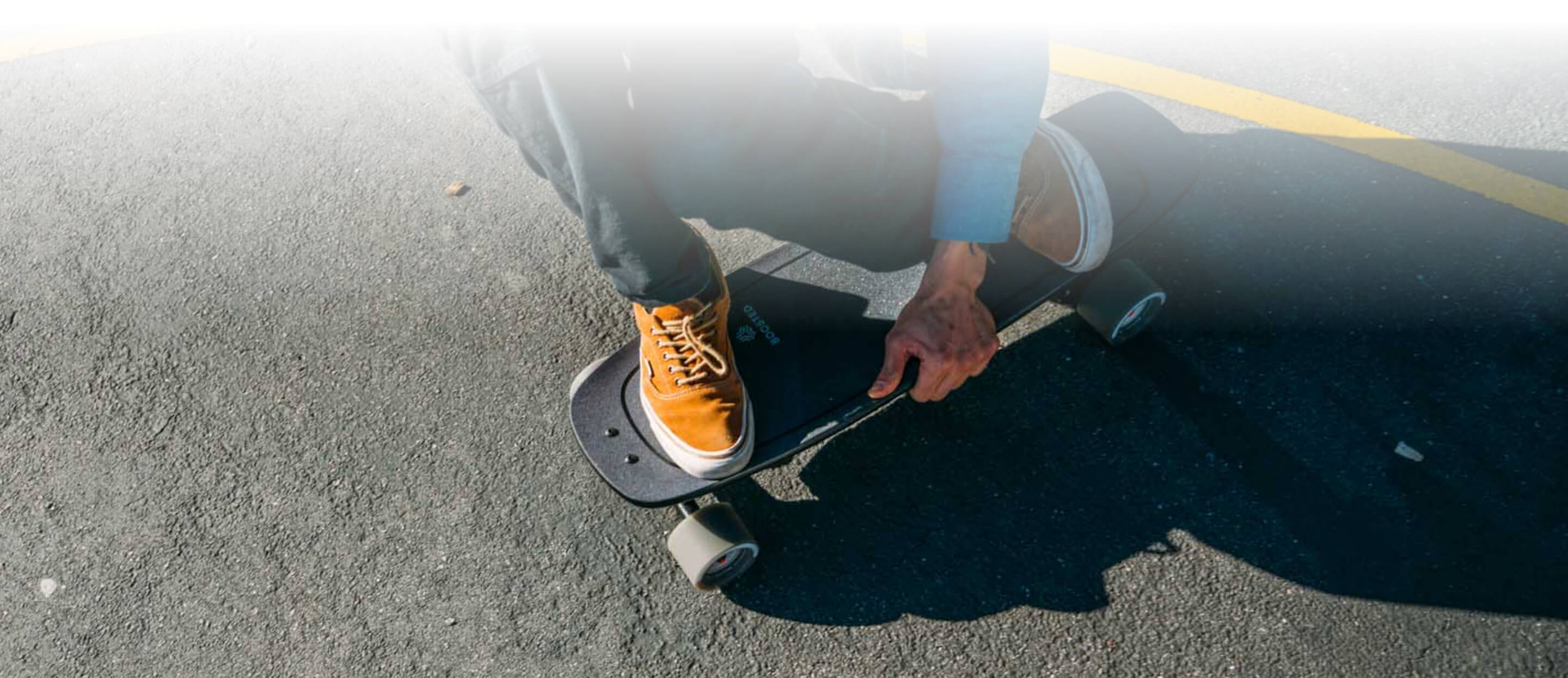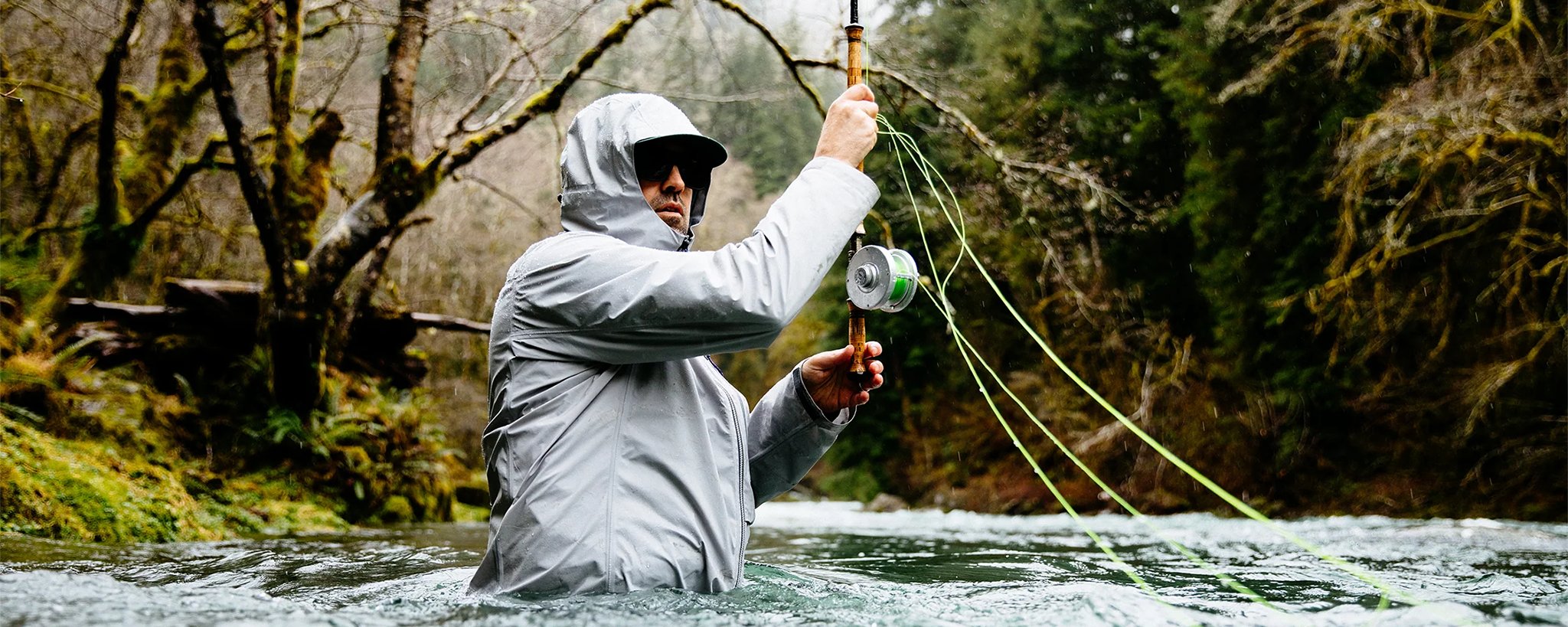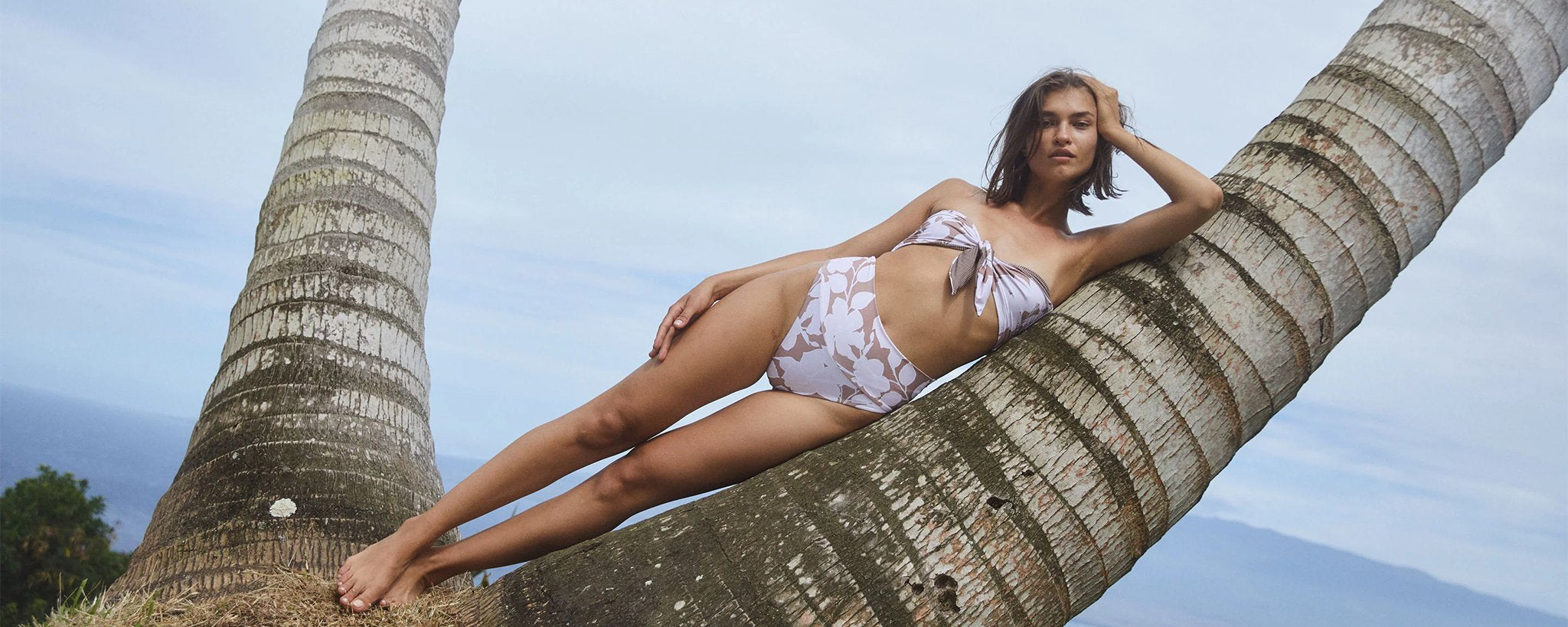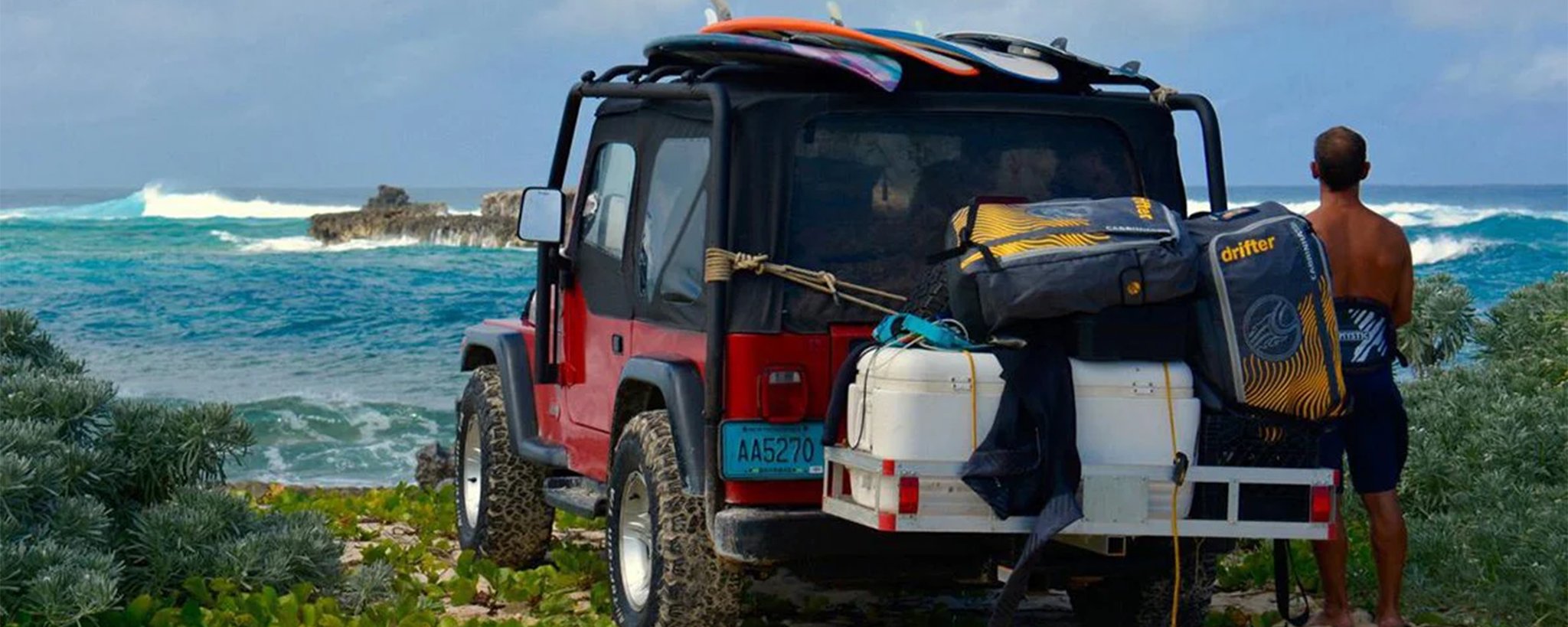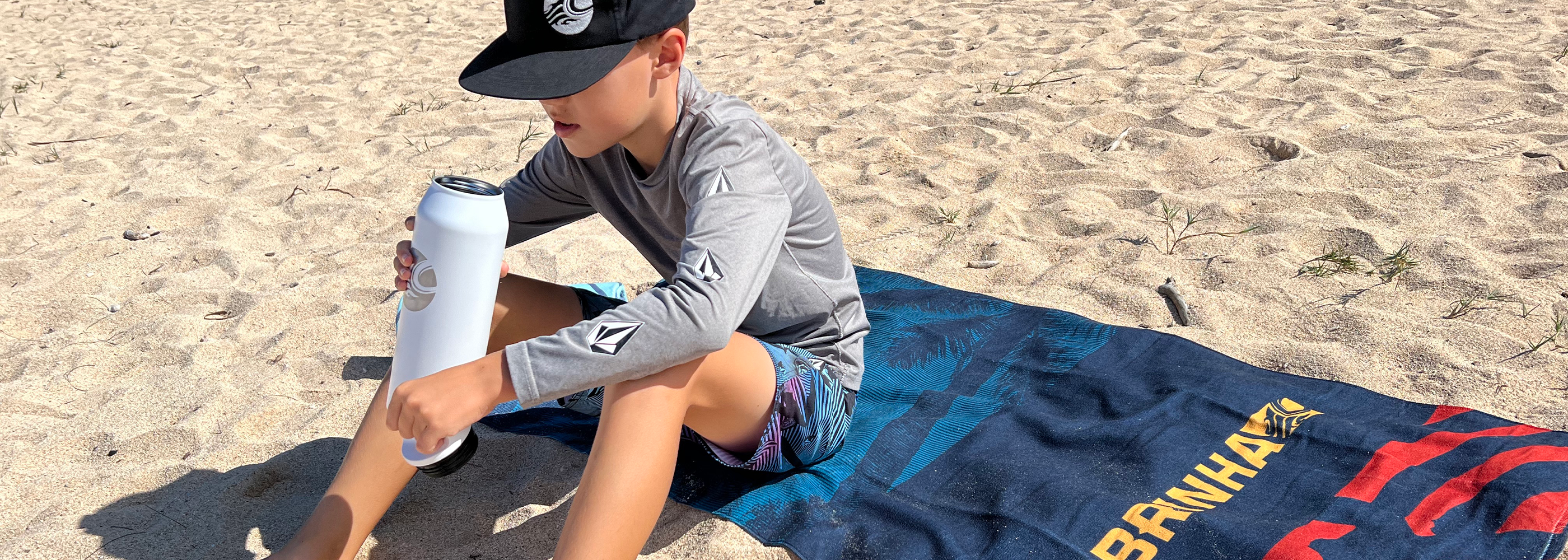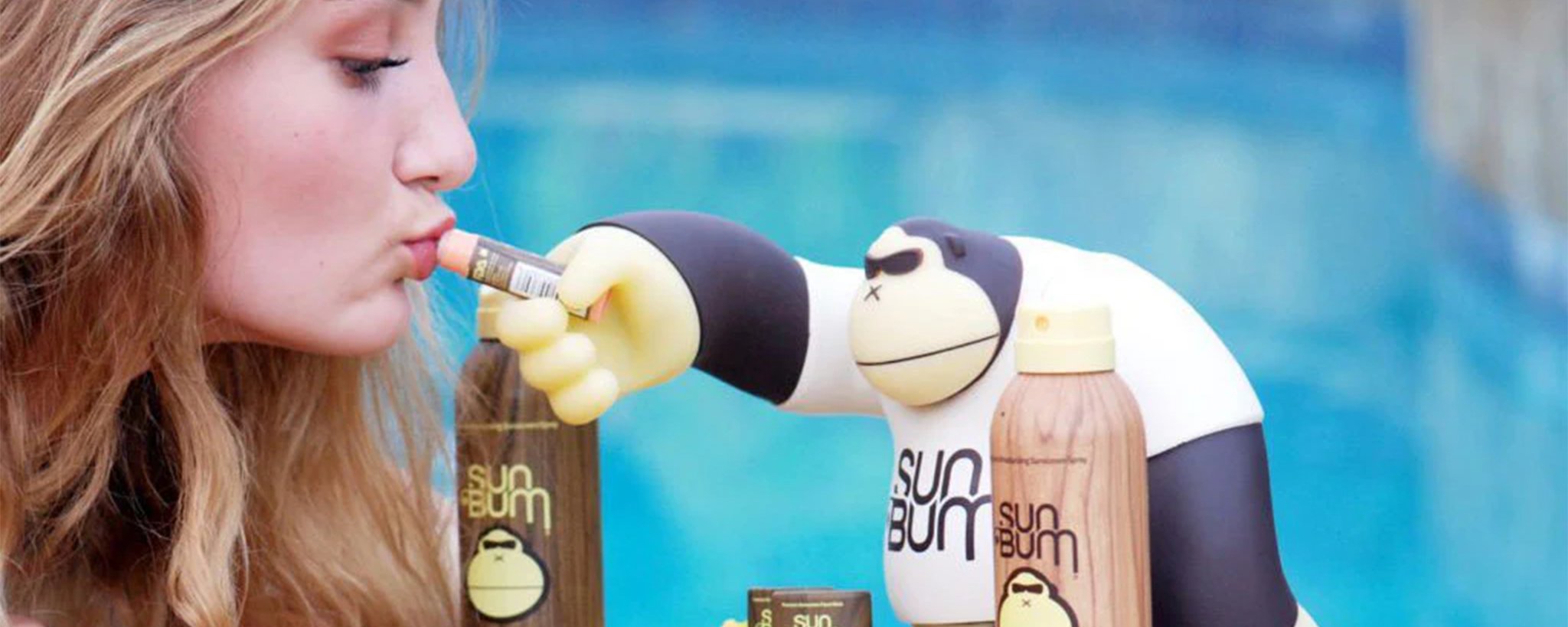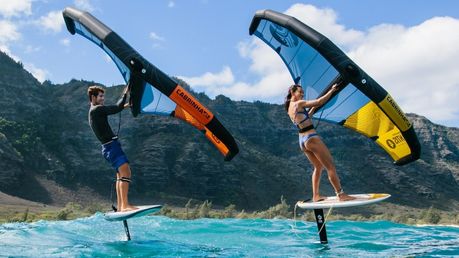
You’ve been hesitant about starting to kite. You finally made up your mind to give it a try but aren’t sure how to get into it or even where to start. The first thing you should consider, however, is your board. Your board needs to fit you in order to effectively kite along the waves and help you maintain your balance. To help you get a sense of what kiteboard is best for you, here are some tips on choosing the right size twin-tip kiteboard.
Your Size and Weight
The first place you should start is with yourself! There is no one-size-fits-all board, so you should find the perfect board for your weight and size. Smaller and lighter people, those under 150lbs, will want a board that falls within the range of 136–144cm. Kitesurfers who fall in the 150–200lb range will instead prefer a board that is 144–160cm. Finally, people who are 200lbs and above will want to look for a board that is 150–165cm to start.
Riding Style
The next step in choosing the right size twin-tip kiteboard is how you prefer to ride your board. When you are new to the sport, this can be a bit difficult to ascertain without having ever kitesurfed before but consider your expectations. Are you hoping for a leisurely cruise that remains at low altitudes, or are you looking for something more high-octane with high jumps and fast speeds? If you’re just looking to cruise, the stated board lengths for your size will do you just fine. If you want to get a bit trickier, you can shave off a few centimeters for a smaller, more maneuverable board. A shorter board may be a bit more difficult to master in the beginning as you get a handle on the basics.
Board Shape
Lastly, you’ll probably notice different shapes and models of twin-tip kiteboards as you shop around. There are three key features to pay attention to—rocker, width, and outline profile. The rocker is the curvature of your board. A deeper curvature will make your board feel and ride smaller than it actually is, which is better for getting more air and vice versa. For width, a wider board makes it easier to plane sooner and with less power, whereas a thinner board will require more length to compensate. Lastly, for the profile outline, you may notice that some boards are wider in the middle and taper toward the tips. What this does is displace less water, which is preferable for more experienced riders. Instead, as a beginner, you should look for the normal, rectangular boards.

